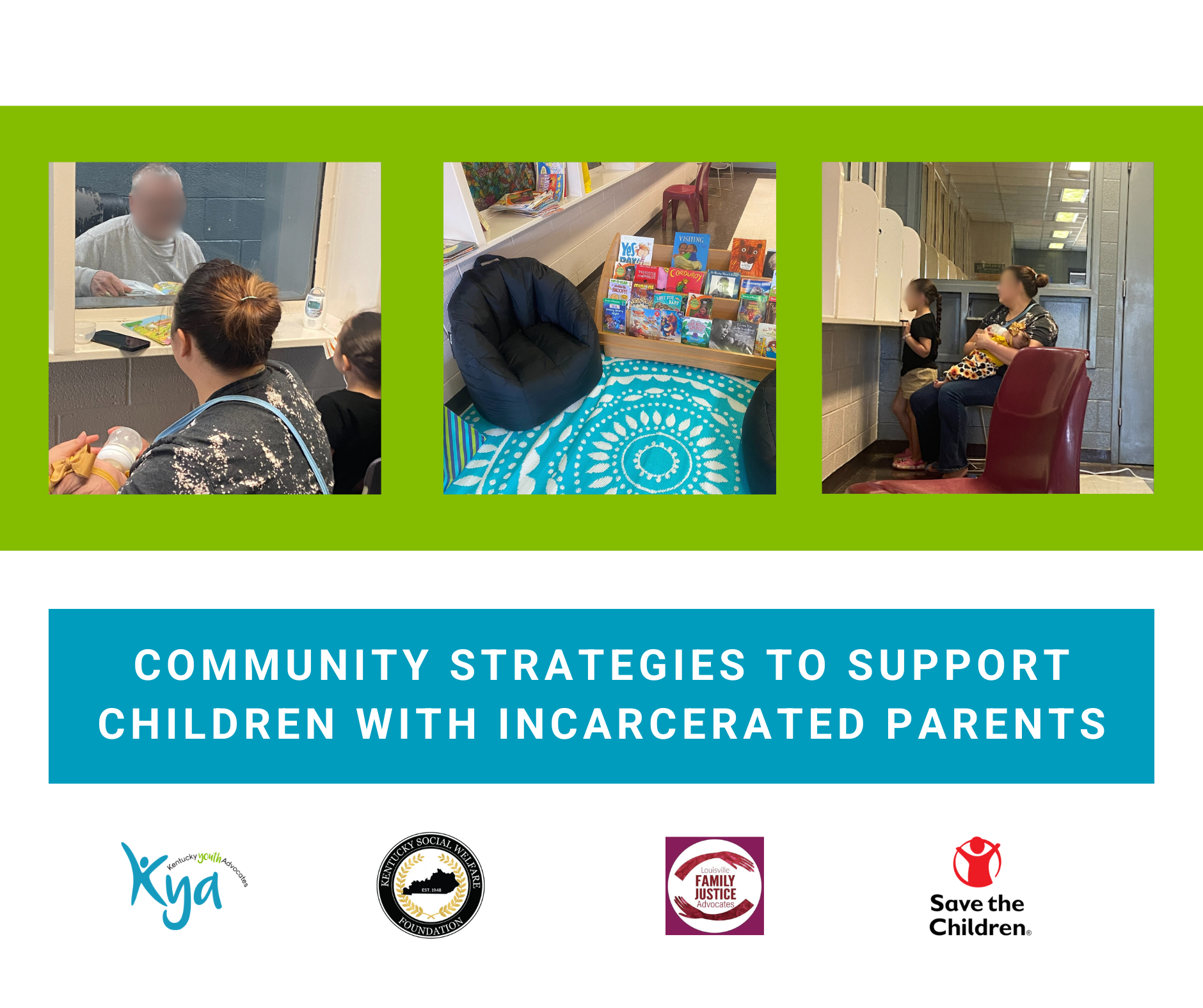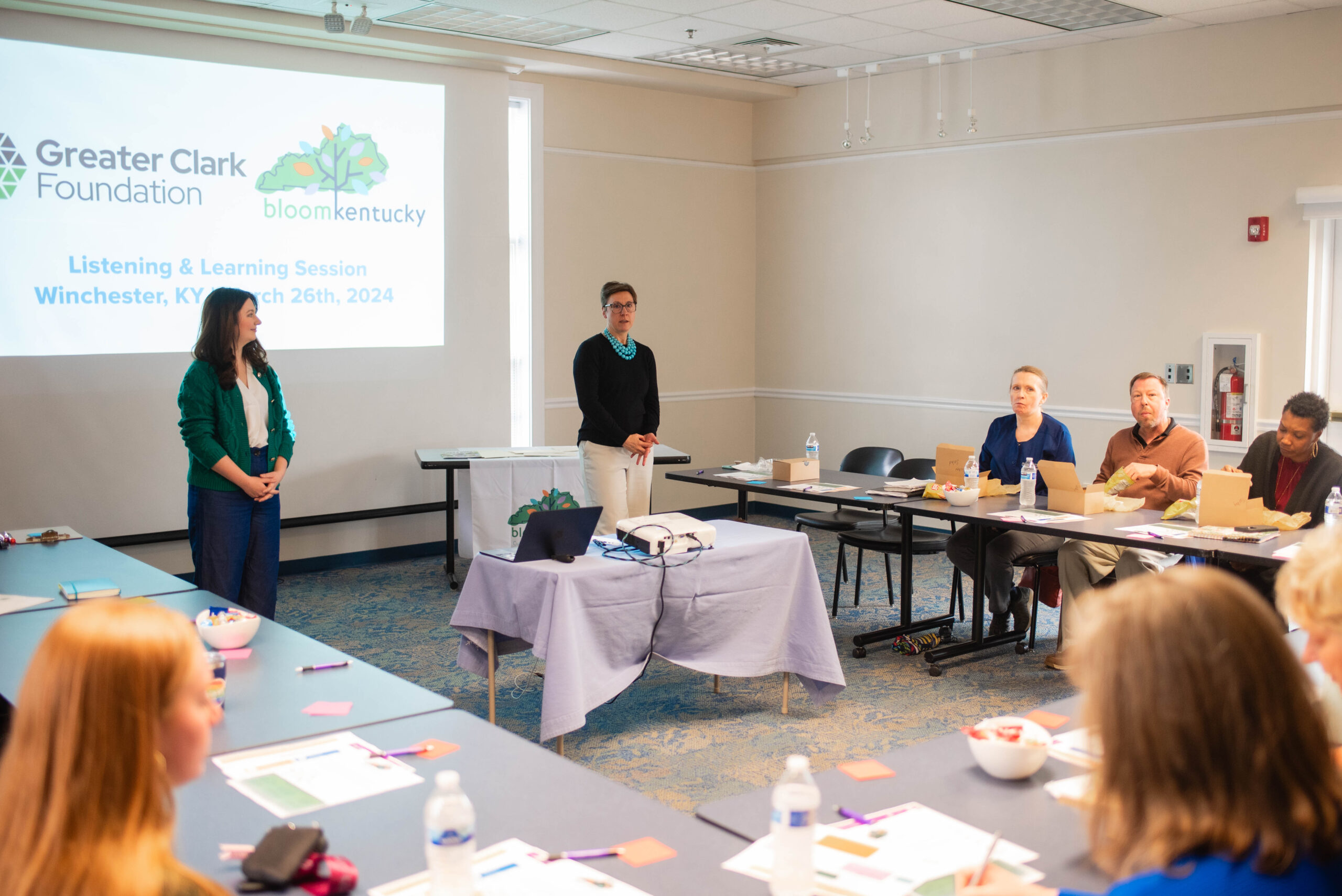 At the final 2022 hearing for the Commission on Race and Access to Opportunity, Rep. Keturah Herron presented on legislation that would develop an Office of Gun Violence Prevention in Kentucky’s Department of Public Health.
At the final 2022 hearing for the Commission on Race and Access to Opportunity, Rep. Keturah Herron presented on legislation that would develop an Office of Gun Violence Prevention in Kentucky’s Department of Public Health.
The office would take the lead in creating gun violence policy recommendations, community-based intervention and prevention ideas, and collecting and disseminating data that shows the geographic region, frequency, and the nature of the violence (e.g., self-inflicted, intimate partner, community, etc.). The office would also be responsible for locating and/or applying for alternative funding sources – like those provided in the Federal Safer Communities Act that was signed into law earlier this year – to ensure it continues to run effectively. Finally, an annual report would be developed and presented to the Legislative Research Commission.
In Rep. Herron’s testimony she emphasized three things: 1) gun violence, including self-inflicted injuries, is an issue across the Commonwealth, 2) this legislation would not remove firearms from gun owners or criminalize gun ownership in any way, and 3) the only way to adequately address the issue of gun violence is to name it and talk about it directly.
What does the impact of firearms look like in Kentucky?
Dr. Sabrina Brown, Associate Professor and Researcher at University of Kentucky and the Kentucky Injury Prevention Research Center, presented data on incidences of firearm usage nationally and statewide.
- The leading cause of death for people ages 1 to 19 is firearm related.
- In 2020, 341 homicides and 518 suicides in Kentucky involved a firearm. In addition to the irreversible impact on families and communities, these deaths cost the state more than $7,000 per homicide and $4,000 per suicide.
- Children averaged 19 ER visits per year for unintentional firearm related injuries from 2016-2021, with a spike in 2020.
- Children ages 4 and under accounted for 34%;
- 5-7-year-olds accounted for 31%; and
- 8-10-year-olds accounted for 35%.
- In 2020, there was an initial decline in suicides followed by a “cluster” of intimate partner violence related murder-suicides.
- In 2020, 79% of Kentucky’s Veterans who committed suicide used a firearm.
What would a public health approach to addressing firearm deaths look like in Kentucky?
Dr. Monique Williams, Assistant Professor in U of L’s School of Public Health and Information Sciences, presented on the importance of taking a public health approach to address gun violence and injury prevention across the Commonwealth. We know that the pandemic exacerbated economic struggles, trauma, social disorganization, and disrupted educational achievement, among many other things, and that it took a toll on people’s physical and mental health.
Dr. Williams explained that protective factors like, prosocial relationships with peers and teachers, safe recreational spaces, and accessible resources and supports were all disrupted in ways that communities hadn’t experienced before and, arguably, weren’t equipped to immediately adapt to in equitable ways. As a result, many of those communities experienced an uptick in violence, and in places where the “fires of violence” were already burning, the lack of the protective factors acted as an accelerant. It’s also important to remember that this coincided with a record number of firearm purchases – more than 22 million in 2020, up 64% from 2019.
When using a public health approach, Dr. Williams outlined the factors to consider:
- Are there preventable risk factors?
- Are there physical and/or mental health effects?
- Is morbidity (e.g. disease, injury, and disability) and/or mortality (death) a possibility or factor?
- Are there health disparities?
- Are there substantial healthcare costs associated with the issue?
When thinking about firearm injury and violence prevention, the answer to each of these questions is yes.
Where do we go from here?
Rep. Herron acknowledged that we can’t legislate or criminalize our way out of this issue. Law enforcement and the courts are overwhelmed and not designed to address prevention, resilience building, or strengthening of protective factors. Adopting a public health framework creates opportunities for comprehensive, multi-sector interventions and responses; surveilling and auditing the issue regionally and statewide; assessing and evaluating efforts to ensure ongoing effectiveness; and to “institutionalize” what works.
As Dr. Williams stated, “violence is not inevitable, it’s preventable.”
For more information about unintentional firearm injuries among children, see Kentucky Injury Prevention and Research Center’s new infographic here. Information about Lexington’s violence intervention strategies can be found here and Louisville’s initiatives can be found here and here.






[…] the University of Kentucky and the Kentucky Injury Prevention Research Center, “The leading cause of death for people ages 1 to 19 is firearm related. … Children averaged 19 ER visits per year for unintentional firearm related injuries from […]